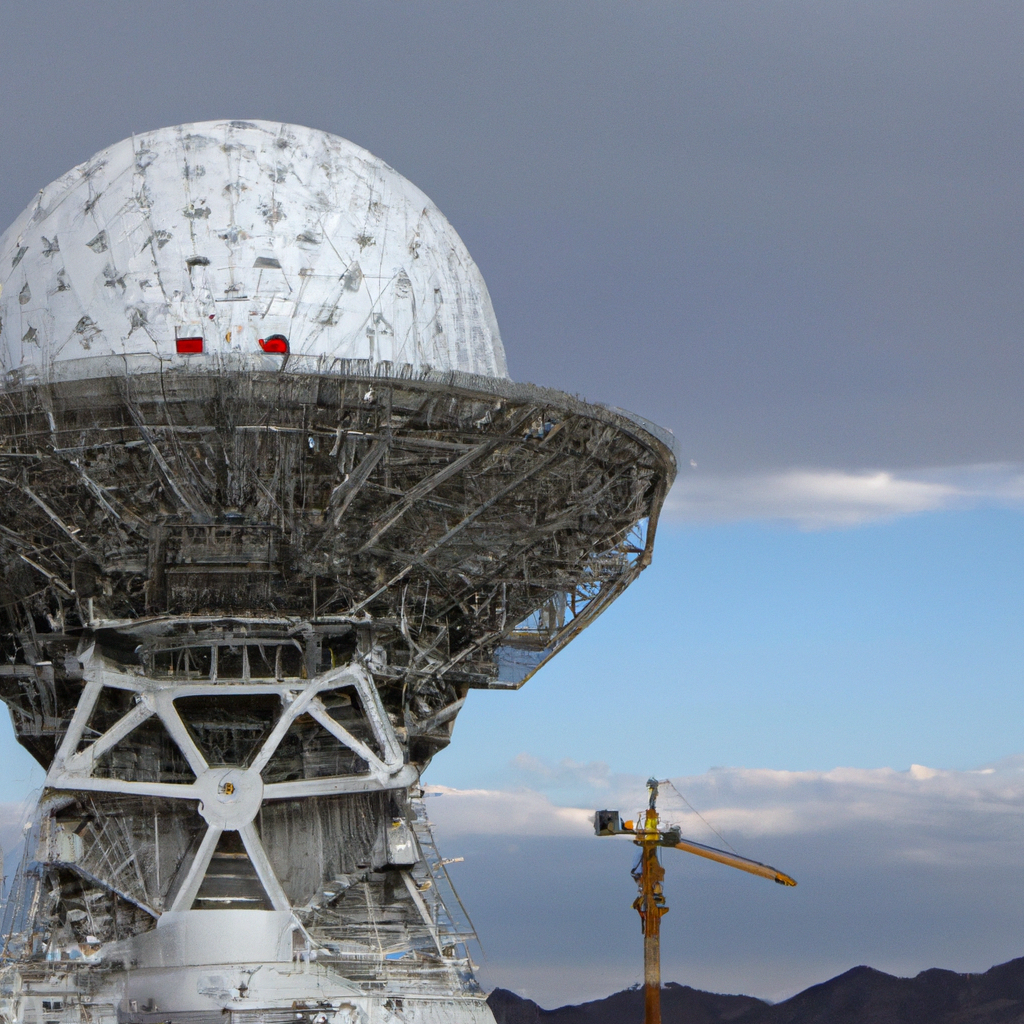Phase II of China's deep space observation radar facility kicks off construction
15 February 2023 ❤ 0
Phase II of China's deep space observation radar facility has kicked off construction, marking a major milestone in the country's efforts to explore the universe. The facility, located in the city of Kashgar in western China's Xinjiang Uygur Autonomous Region, is part of a larger project to build a network of deep space observation radars across the country.
The new facility will be used to observe and track objects in deep space, such as asteroids and comets. It will also be used to monitor and analyze space debris, which can pose a threat to satellites and other spacecraft. The radar will be able to detect objects up to 1 million kilometers away, allowing for more accurate tracking and analysis than ever before.
The new facility is part of China's ambitious plans for deep space exploration. In recent years, the country has launched several probes into deep space, including Chang'e-4 which became the first spacecraft to land on the far side of the moon in 2019. The new radar facility will help support these missions by providing more accurate tracking data for spacecraft as they travel through deep space.
The construction of Phase II of China's deep space observation radar facility is expected to take three years and cost around $1 billion USD. Once completed, it will join two other existing facilities located in Beijing and Shanghai that are already operational. Together, these three facilities will form an integrated network that can provide comprehensive coverage for all areas of deep space exploration within Chinese territory.
The new facility is part of China's larger plans for its own independent space exploration program. In addition to launching probes into deep space, the country has also been developing its own satellite navigation system known as BeiDou which is expected to become fully operational by 2020. With this system in place, China will have greater control over its own satellites and spacecraft as they travel through deep space.
In addition to providing support for its own missions into deep space, China hopes that its new radar facility can also be used by other countries for their own exploration efforts. By sharing data from its network with other nations, it could help improve our understanding of our solar system and beyond while also strengthening international cooperation on matters related to outer space exploration.
Overall, Phase II of China's deep space observation radar facility marks an important step forward in the country's efforts towards becoming a major player in outer space exploration. With this new facility now under construction, it looks like we can expect even more exciting developments from China when it comes to exploring our universe in the years ahead.


.jpg&width=200&height=200)


Ten rounds of fierce fighting!
Wow, that sounds intense! I can only imagine the adrenaline and determination that must have fueled those ten rounds. What an incredible display of strength and perseverance.
By Andrew Harris, 28 Dec 24